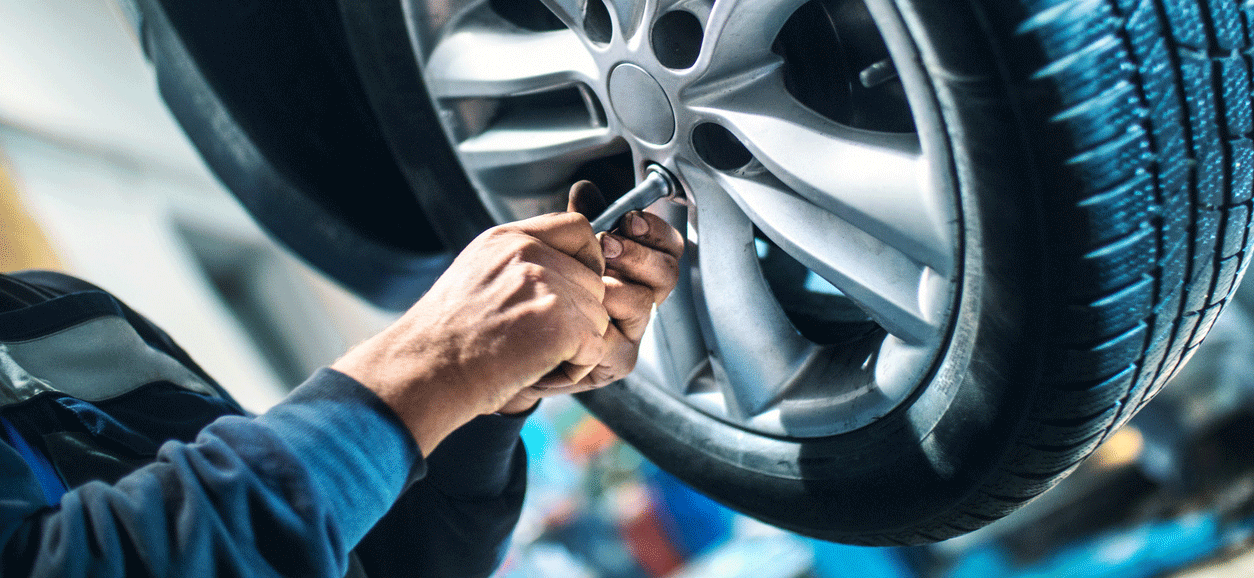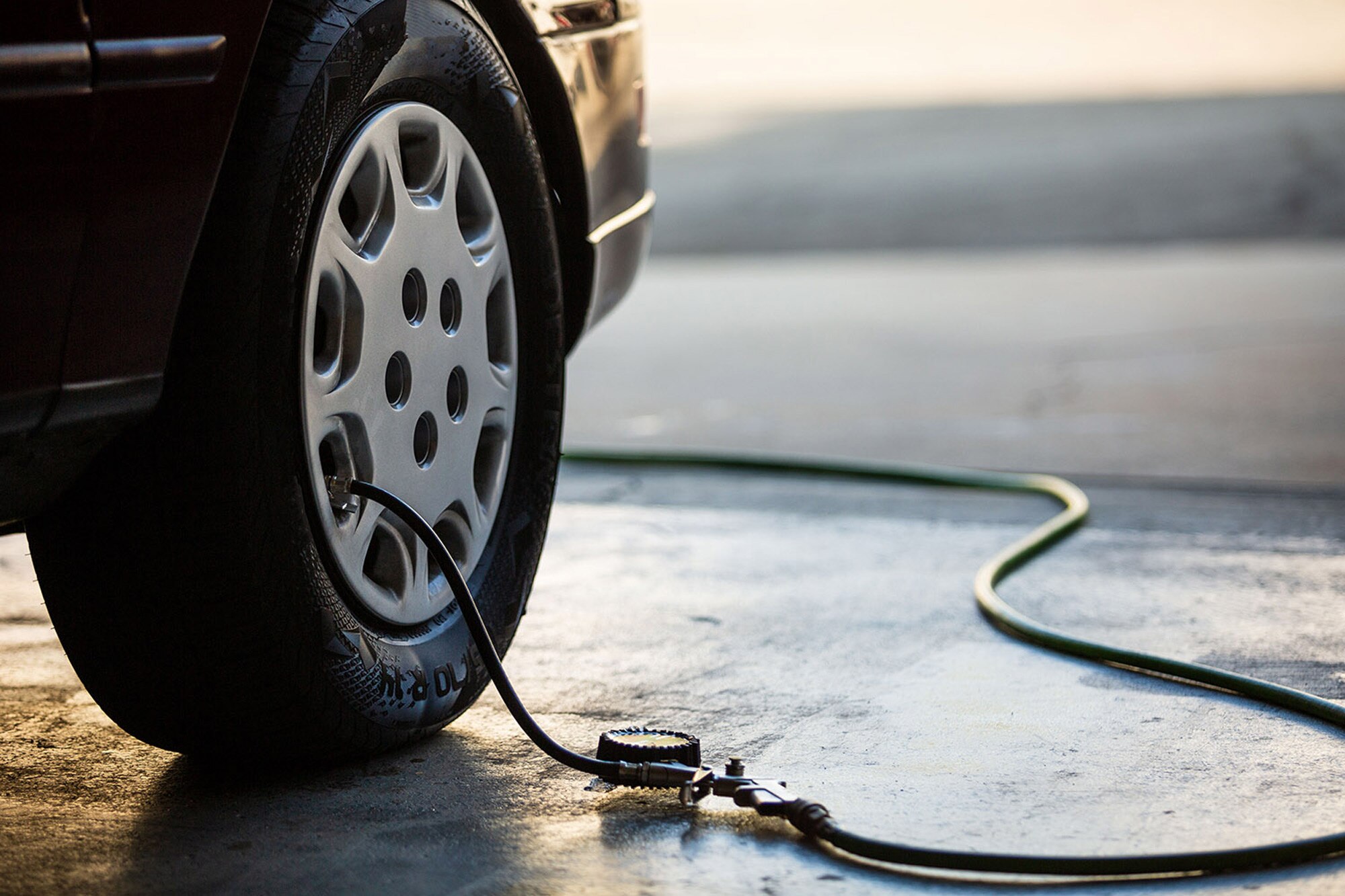Morris Tire Service: Comprehensive Tire Upkeep
Morris Tire Service: Comprehensive Tire Upkeep
Blog Article
Tire Repair Service Myths Debunked: Separating Fact From Fiction
In the world of vehicle maintenance, tire repair holds a substantial location, yet it is frequently shrouded in myths and misconceptions that can cause confusion for lorry owners. Recognizing the difference in between truth and fiction when it comes to tire repair service is important for guaranteeing both safety and security and cost-effectiveness. From the false impressions surrounding patching versus connecting a punctured tire to the performance of various tire sealers, there are several crucial areas where clearness is needed to make informed decisions. Allow's shed light on some usual tire repair myths and different them from the reality to equip you with the knowledge needed to browse this vital aspect of car upkeep.
Usual Tire Fixing Misconceptions
Eliminating prevalent misunderstandings bordering tire fixing is vital for preserving roadway security and prolonging the long life of your automobile's tires. It is essential to recognize that not all slits are produced equal; while some might undoubtedly need a tire substitute, the majority can be securely repaired.
An additional mistaken belief is the idea that a do it yourself tire repair kit is an enough service for all tire concerns. While these kits can be helpful for temporary repairs in emergency situations, they are not a long-term remedy and may not attend to the underlying problem (morris tire). Looking for the know-how of a qualified tire service technician is constantly recommended to guarantee the safety and security and integrity of the tire

Can You Fix a Punctured Tire?
Fixing a punctured tire is a typical technique in the automotive sector, frequently executed by specialist technicians complying with certain standards and criteria. Not all leaks can be fixed. The area, dimension, and seriousness of the puncture are vital consider figuring out if a tire is repairable. Slits located on the tread area of the tire are normally repairable as long as they are within a specific size restriction and do not influence the tire's structural integrity.
It is necessary to note that punctures near the sidewall or shoulder of the tire are usually not repairable as a result of safety worries. Such locations undergo considerable tension and flexing, making repairs unstable and possibly harmful. In addition, if the puncture is also big, exceeding the advised repairable dimension, or if the tire shows indicators of interior damages, it is much safer to replace the tire entirely.
The Truth Concerning Patching Vs. Connecting
When thinking about the repair of a pierced tire, understanding the distinctions in between patching and plugging is essential for making notified decisions pertaining to Click Here tire maintenance and safety and security. Covering includes fixing the tire from the inside, where a patch is used to cover the puncture. This approach is considered more reliable and resilient as it addresses the damage inside, reducing the danger of air leak and further tire damage. On the various other hand, connecting is a fast fix that includes putting a rubber plug into the punctured area from the exterior. While connecting is convenient and can be done without eliminating the tire from the edge, it is usually considered a short-term remedy and might not provide the exact same level of sturdiness as a spot.
Misconception: All Tire Sealers Work

When selecting a tire sealer, take into consideration variables such as the dimension of leaks it can efficiently repair, compatibility with tire pressure surveillance systems (TPMS), and whether it is secure for the tire product. Keep in mind, while tire sealants can be advantageous in emergencies, they are not a substitute for appropriate tire treatment and maintenance.
Ideal Practices for Handling Flat Tires
In light of the varying efficiency of tire sealers, understanding best methods for managing level tires is critical for maintaining roadway safety and vehicle performance. Loosen the lug nuts, raise the car with the jack, eliminate the lug nuts and flat tire, and replace it with the spare tire. Stow away the flat tire, devices, and devices, and remember to examine the spare tire's pressure regularly.
Conclusion
In final thought, it is very important to separate truth from fiction when it pertains to tire repair service myths. Comprehending the truth regarding covering vs. plugging, the effectiveness of tire sealants, and ideal techniques for managing punctures can assist guarantee the safety and original site long life of your tires. By disproving typical false impressions and adhering to appropriate repair service guidelines, you can make enlightened choices when it concerns maintaining the wellness of your automobile's tires.
Report this page